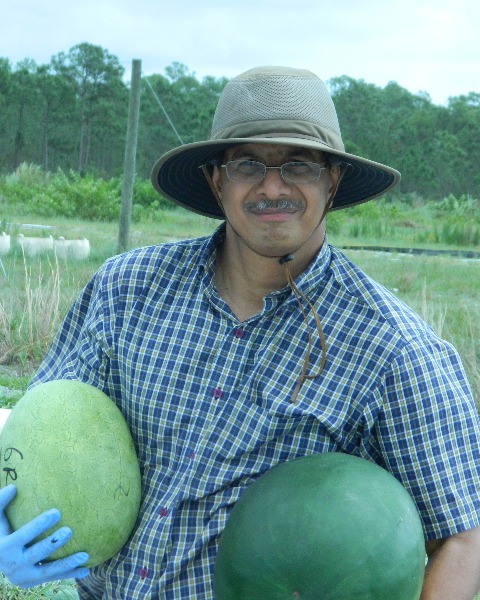Member Symposium
Ecology, Epidemiology, and Management of Whiteflies and Whitefly-transmitted Viruses in the United States
17: Towards areawide pest management of whitefly transmitted viruses in Florida vegetable production
On-Demand

William W. Turechek
USDA ARS
Fort Pierce, Florida
Scott Adkins
USDA-ARS
Fort Pierce, Florida
Chandrasekar S. Kousik
USDA-ARS
Charleston, South Carolina
Hugh A. Smith
University of Florida
Wimauma, Florida
Presenting Author(s)
Co-Author(s)
Epidemics of whitefly transmitted viruses have been increasingly problematic in Florida vegetable production. Current strategies for management focus on farm-centric tactics that have had limited success. In this talk, we will present the results from two separate studies designed to identify the environmental and geographical factors that affect whitefly populations and disease epidemics caused by Squash vein yellowing virus (SqVYV) and Tomato yellow leaf curl virus (TYLCV) in southwest Florida. Analyses showed that the incidence of each virus increased proportionally with mean whitefly density as the season progressed, and that both were reduced in response to sub-freezing temperatures in the winter months preceding planting. For TYLCV, nearest neighbor analyses showed a strong linear relationship between the logarithms of whitefly densities in neighboring fields. Moran’s I showed that these relationships extended beyond neighboring fields and out to approximately 3 km for TYLCV and up to 6 km for whitefly. Results of these studies identified factors affecting development of epidemics caused by SqVYV and TYLCV, and argue that an areawide pest management program may be a viable alternative for managing whiteflies and their resulting epidemics.

